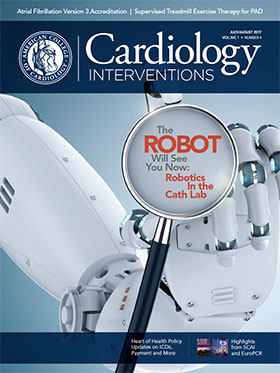New research looking at the use and cost implications of P2Y12 inhibitors found that they are not routinely used in the long-term care of myocardial infarction (MI) patients, and there is a higher cost per ischemic event for ticagrelor vs. clopidogrel, according to a study published April 21 in Open Heart.
Researchers looked at data between Oct. 1, 2010 and April 30, 2013, and found that 41.1 percent of the 273,328 MI patients identified would have met the eligibility criteria for the trial. Results showed that among the 83,871 eligible patients with pharmacy claims data, only 27.5 percent were on a P2Y12 inhibitor one year post MI, however usage declined at two and three years post MI (11.5 percent and 6.3 percent, respectively), with the majority (79.2 percent) of these patients on clopidogrel.
Additionally, cost varied greatly by P2Y12 inhibitor type; the estimated cost per ischemic event averted using long-term ticagrelor was found to be 45 times more than the generic clopidogrel ($885,000 vs. $19,800). Therefore, if the PEGASUS strategy was adopted in clinical practice, cost would likely influence the type of therapy used, the authors explain.
The authors conclude that “applying PEGASUS trial findings to clinical practice would result in a large increase in P2Y12 inhibitor use. Given the cost implications for different P2Y12 inhibitors, additional study of long-term P2Y12 inhibitors on patient outcomes and cost of care is needed to guide optimal use of this therapy in clinical practice.”
<<< Return to top


